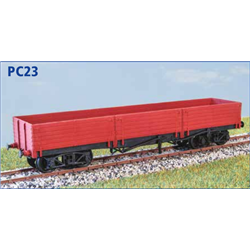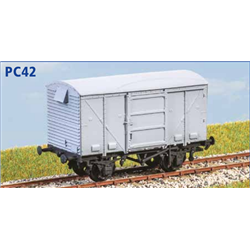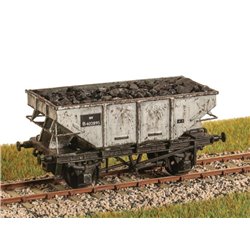There are a number of different options for attaching figures such as a horse and rider to a layout. Perhaps the...
No products
Product successfully added to your shopping cart
There are 0 items in your cart. There is 1 item in your cart.
Search Tips
Why are groups of wagons on a train sometimes referred to as a rake?
Historically, a group of wagons connected together and forming a train was often referred to as a "rake." This term has its roots in British railway terminology and has been widely adopted within the model railway community.
The term "rake" originated from the practice of grouping wagons of the same type or purpose together in a train. This arrangement allowed for more efficient operations and ease of handling, as wagons with similar characteristics could be loaded, unloaded, or maintained together. By keeping wagons of the same type in a rake, it simplified tasks such as shunting, marshalling, and classifying the rolling stock.
Furthermore, referring to a group of wagons as a "rake" helps differentiate it from other parts of the train, such as locomotives or brake vans. It allows for clear and concise communication among railway enthusiasts and modellers when discussing various aspects of train composition and operation.
The term "rake" is deeply embedded in British railway culture and heritage and its usage has carried over into the world of model railways, preserving the traditional terminology and fostering a sense of authenticity and realism in the hobby.
Click here to receive the tips weekly in your mailbox. You can unsubscribe at any time.










